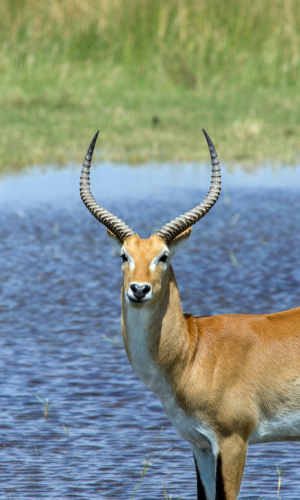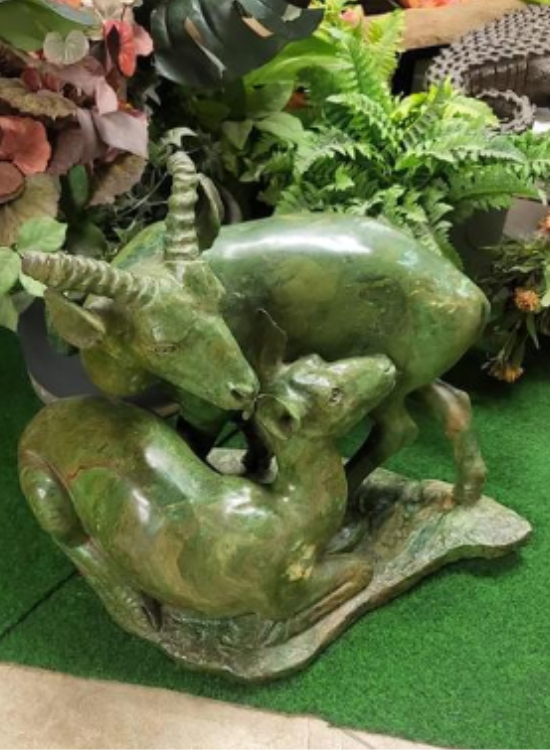The Waterbuck: A Unique African Antelope Species
The waterbuck is a medium-sized African antelope species that is fascinating for its unique characteristics. It is found in savannas, grasslands, and woodland habitats across sub-Saharan Africa. With shaggy brown fur and spiral horns on males, waterbucks are easily distinguished from other antelopes. Their fur is oily and waterproof, which allows them to stay dry while swimming.

Diet and Adaptations
As herbivores, waterbucks feed on a variety of plants including grasses, leaves, and tree bark. They are known to graze near water bodies, and they also feed on aquatic plants. Their ability to survive long periods without drinking water is due to the moisture they get from the vegetation they consume. In addition to their aquatic abilities, waterbucks are known for their speed and agility. When threatened, they can reach speeds of up to 80 km/h.
Behavior and Habitat
Waterbucks are often found near water sources where they can swim and escape predators such as lions, hyenas, and crocodiles. They are also known for their strong musky odor, which is thought to help them communicate with other waterbucks in their herd. The males use their spiral horns to establish dominance and attract females during mating season.
Cultural Significance and Conservation
Waterbucks have cultural significance in many African countries. They are often depicted in traditional art and folklore, and their meat is considered a delicacy in some regions. However, waterbuck populations have declined in some areas due to habitat loss and hunting. Conservation efforts are underway to protect these unique and fascinating creatures and their habitats.

Watch this short Youtube Video of the Waterbuck